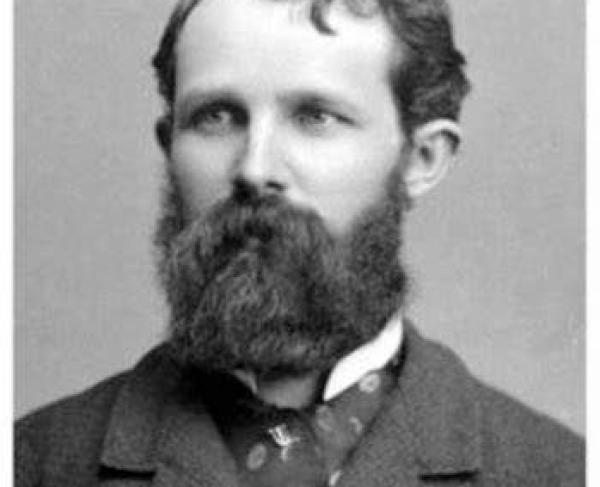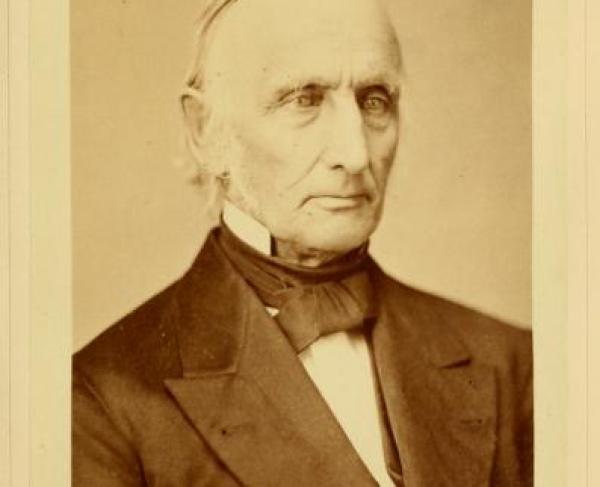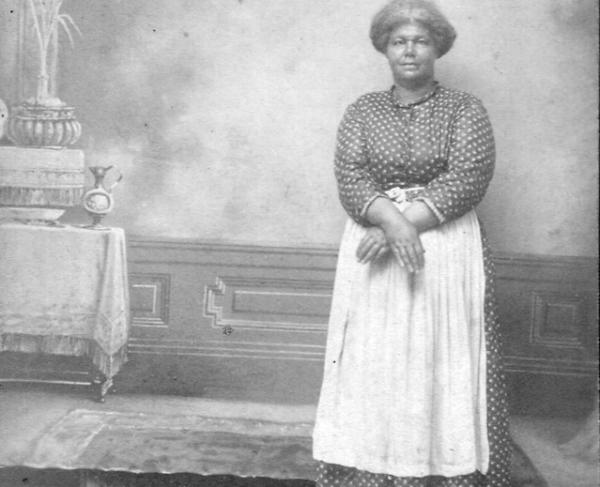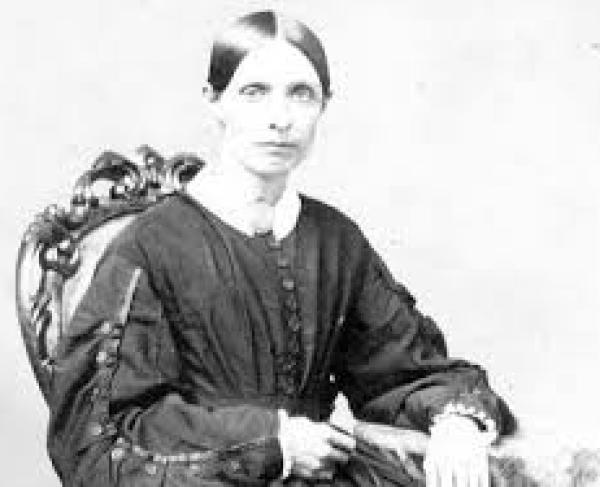William H. Tipton

Born on August 5, 1850, William H. Tipton was the first of Solomon and Elizabeth Kitzmiller Tipton’s eight children. He grew up in Gettysburg, Pennsylvania, and at age 12 became an apprentice to local photographers Charles J. Tyson and Isaac G. Tyson.
On July 1-3, 1863, Union and Confederate armies fought the costliest battle of the American Civil War at Gettysburg. After the battle, a handful of photographers captured images of the battle’s aftermath, landscapes of the fields around Gettysburg and the town itself. Tipton assisted the Tyson brothers in exposing numerous glass plates of the fresh battlefield and later built his career around Gettysburg battlefield images. He became an influential promoter of historic tourism to the area.
In October 1868, Tipton and his business partner Robert A. Myers purchased the Tyson Brothers’ photography studio and created Tipton and Myers Excelsior Gallery. Myers sold his share of the business in 1873, and Tyson bought the share, becoming a business partner for the next seven years. In 1871, Tipton married Mary Elizabeth Little, and they raised their family of four children in Gettysburg.
In 1880, Tipton became the sole owner and rechristened the business: W.H. Tipton and Company. He also expanded his ventures, purchasing a photographic studio on the battlefield, working to make sure a new electric trolley stopped there, and creating “Tipton Park” at the location. There, he operated a restaurant, soda fountain, dance hall and photography studio. Tipton’s claim that he had created more than 5,000 battlefield images and had a collection of 100,000 portrait negatives made him a locally famous photographer and successful entrepreneur in historic tourism photography of the late 19th century.
Tipton and his cameras documented Pennsylvania College (now Gettysburg College) events, as well monument dedications and veteran reunions. Sometimes Tipton was not invited to veterans’ events, but he tended to force himself to the scene—leading to at least one lawsuit and many disgruntled veterans who felt like they were being exploited as Tipton took and sold photographs without asking permission. Despite the controversies, many of the images he took provided valuable visual sources for historians seeking to better understand the condition of the battlefield at the time or the monument dedications.
Tipton photographed famous Civil War generals when they returned to Gettysburg. Some of the men included in his images were Confederates Wade Hampton and James Longstreet and Union generals Daniel Sickles, Daniel Butterfield, Henry Slocum, Joshua Chamberlain and others. President Grover Cleveland and numerous state and national political leaders were also captured in the lens of Tipton’s camera on Gettysburg battlefield. He also traveled beyond Gettysburg, photographing other Civil War battlefields in Maryland, Virginia and West Virginia. He even photographed the Moon! Tipton expanded his photographic sales beyond his Gettysburg galleries with mail order catalogs.
His financial and tourism successes prompted Tipton to venture into local politics and many local charitable clubs and community improvement organizations. He gained the nickname “Boss” Tipton during his four terms on the Gettysburg town council for using his political position to promote historic tourism that ultimately benefited his businesses. Tipton served in the state legislator in 1897-1898 and actively promoted Republican Party and Bull Moose Party politics for decades. In addition to conflicts of his photography practices, many Civil War veterans did not like the tourist scene Tipton created on the battlefield where many of their comrades had died. The conflict between appropriate types of visitation and tourism and the condition of battlefield land raged in editorials and public meetings. In the early 1900s, the War Department bought Tipton Park and condemned the Gettysburg Electric Railway.
William Tipton died on September 20, 1929, and was buried in Evergreen Cemetery in Gettysburg. Despite the controversies he helped to create, Tipton encouraged and shaped early tourism to Gettysburg battlefield and created the largest photographic catalog of Gettysburg’s memorial period and left an unparalleled historical record. The National Park Service acquired more than 1,000 of Tipton’s photographic negatives, and in 1955, transferred the collection to the National Archives. The Adams County Historical Society preserves thousands of other Tipton originals, and his photographic books and copies can be found in archives across the country—allowing researchers to study the landscape and preservation saga of Gettysburg battlefield from 1863 to 1929 through the photographic record created through the lenses of Tipton’s cameras.
Related Battles
23,049
28,063


